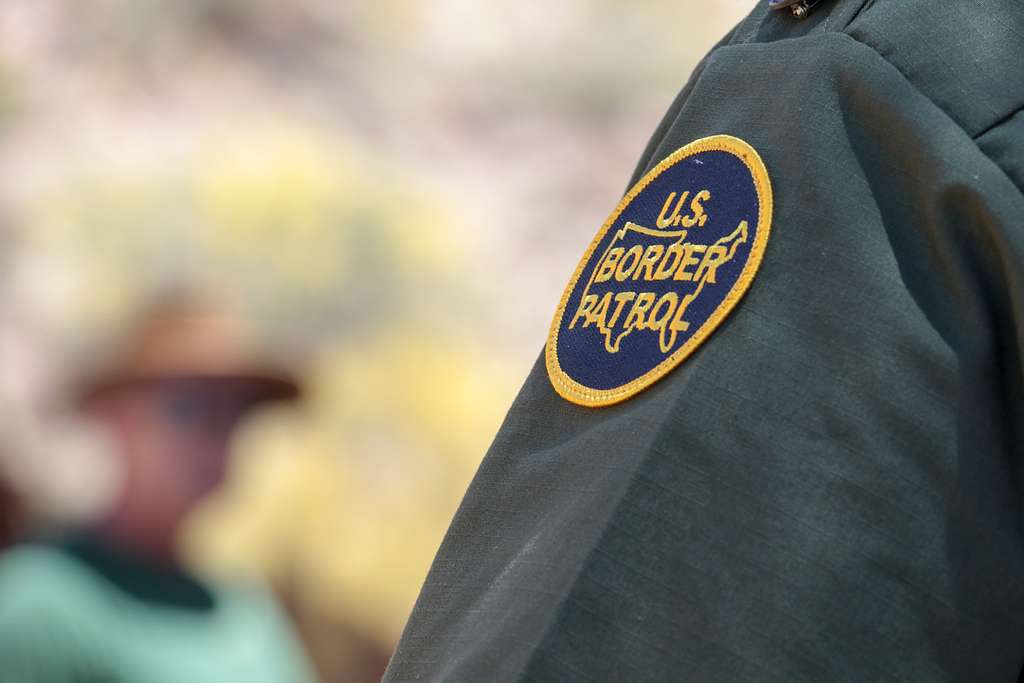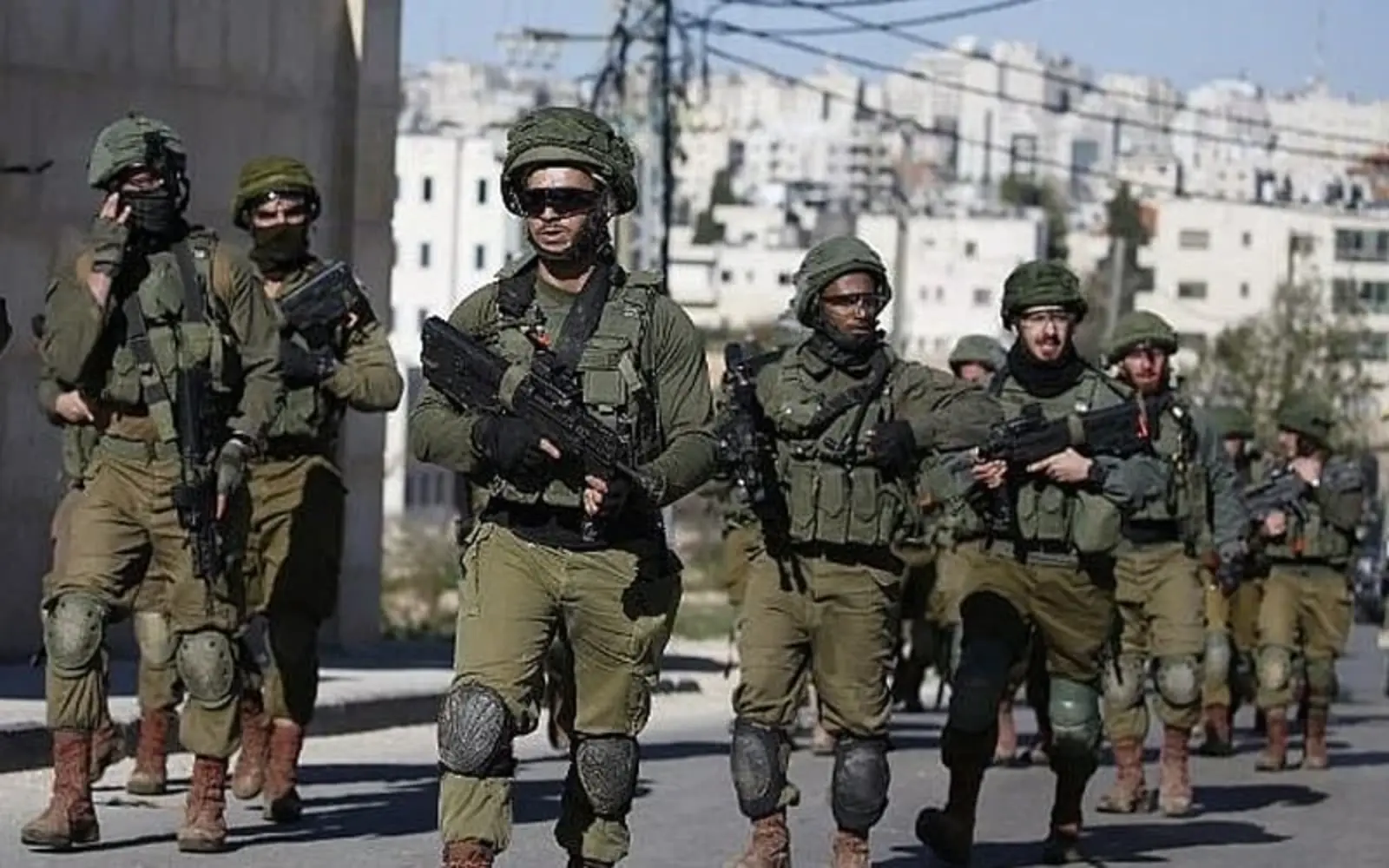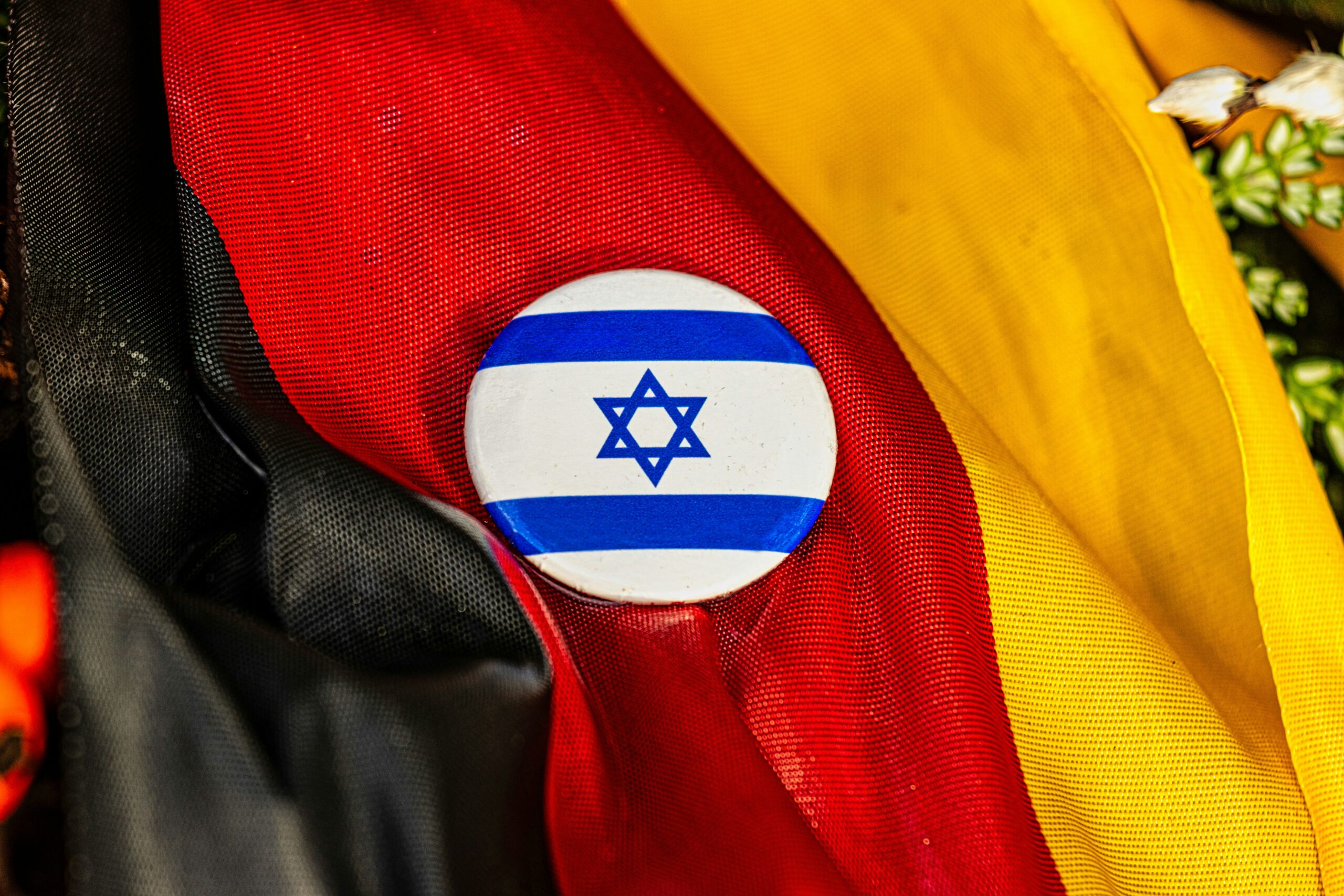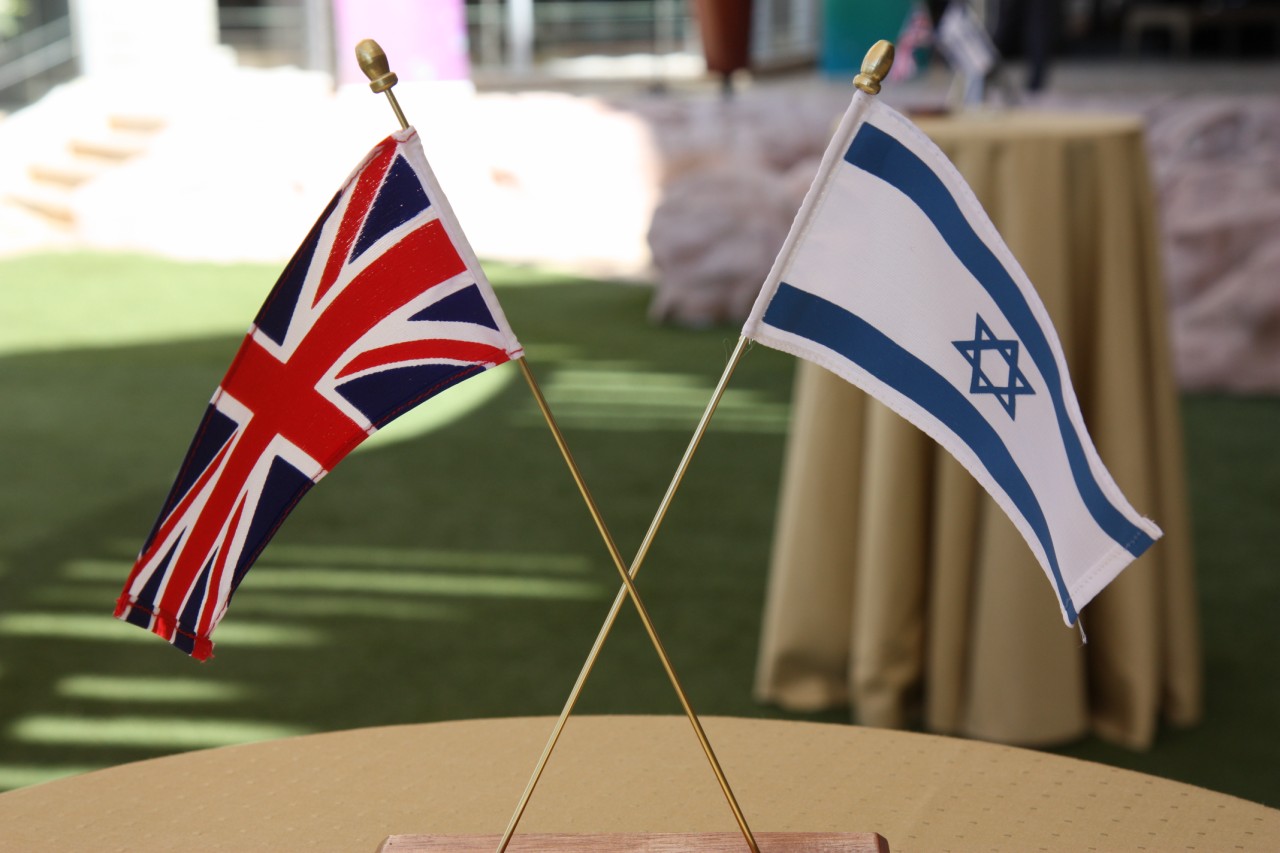There is no formal agreement. No map signed in secret. No declarations at the United Nations. And yet, piece by piece, Syria is being redrawn. More than a decade of civil war, followed by the sudden fall of Bashar al-Assad’s regime, has created the perfect vacuum—and two of Syria’s neighbors are filling it.
Turkey and Israel, once adversaries in the region, are now asserting themselves across Syrian territory in parallel—but not in coordination. Both nations claim security justifications. Both claim legitimacy through necessity. But the result is the same: the slow, de facto partition of Syria. A map once defined by post-colonial nationalism is dissolving into zones of influence backed by tanks, airstrikes, and strategic ambition.
Turkey Moves North, and Inward
Turkey has long used northern Syria as a buffer zone against Kurdish militias and as a lever in its broader regional strategy. Since the collapse of Assad’s government, Turkish troops have surged deeper into Syrian territory, with new bases rumored in Palmyra, Raqqa, and along the Euphrates. These aren’t just military outposts—they are footholds in a growing Turkish sphere of influence.
Under the guise of counterterrorism and regional stabilization, Ankara is effectively entrenching its position. Turkish-trained Syrian militias serve as ground security. The post-Assad government in Damascus, now aligned with Islamist factions, has welcomed Turkey’s presence—though not without internal dissent. Even Syrian factions once aligned with secular opposition movements have found themselves negotiating with Turkish authorities.
Meanwhile, Turkish state media hails the intervention as a humanitarian success story. But independent observers point to growing displacement, Kurdish political repression, and fears among Arab residents of long-term annexation. In some towns, Turkish mayors have replaced local administrators. School curricula have been rewritten in Turkish. The occupation has a civilian face, but the military roots are unmistakable.
Erdogan’s government is framing its presence as temporary. But the infrastructure being built—from roads and hospitals to telecommunications towers—tells a different story. Turkey isn’t just occupying territory; it’s integrating it into its political and economic orbit.
Israel’s Southern Strategy
In the south, Israel is executing its strategy with a mix of stealth and spectacle. Under the banner of national security, Israeli forces have seized parts of southern Syria near the Golan Heights, extending their buffer zone farther than ever before. While officials in Jerusalem call this a “preventative measure,” the scale and permanence of the occupation say otherwise.
Recent weeks have seen a dramatic shift. The Israeli military has not only expanded its security footprint but also organized tours for Israeli civilians in newly occupied zones—a normalization effort that many see as a precursor to formal annexation. Settler outposts, once considered politically untenable beyond the 1967 lines, are quietly being debated in the Knesset.
Israeli airstrikes on Syrian targets have also surged. According to security sources, some of these strikes have hit former Syrian military facilities now being scoped for Turkish or Iranian use—suggesting not only a push for territory but also a direct challenge to regional rivals. These strikes aren’t just tactical—they’re signals, aimed at all parties operating near the southern corridor.
The Israeli government maintains that it does not seek permanent control. But with settlements expanding, schools opening, and civil infrastructure taking root, many observers say the occupation is already entrenching itself beyond rollback. Maps may not be redrawn in ink, but they are redrawn in concrete and checkpoints.
Two Fronts, One Outcome
There is no coordination between Turkey and Israel, and both have very different goals. Turkey seeks influence over the new Syrian regime and aims to suppress Kurdish autonomy. Israel seeks a neutral or fragmented southern Syria to prevent Iranian or Hezbollah influence near its borders. Their interests intersect, but they do not align.
And yet, the practical outcome is a shared reality: Syria’s sovereignty is being overwritten. The state that once claimed a pan-Arab, anti-imperialist identity is now fragmented, militarized, and increasingly under foreign control. A post-war Syria has emerged, but not the one its people fought or hoped for. What was once a brutal civil war between factions has ended not with peace, but with partition. Turkey controls the north. Israel patrols the south. The center holds only in theory—and even that is eroding.
Local councils in the “central corridor” now negotiate separately with each foreign power. Aid groups report growing difficulty operating across these new zones of control. Militias have begun realigning their loyalties not based on ideology, but on geography. In effect, the Syrian civil war has given way to a cold occupation by multiple neighbors, each pursuing long-term strategic objectives.
The Quiet Carve-Up
Unlike the Sykes-Picot Agreement that carved the region a century ago, this new partition comes without fanfare. There are no signed documents or colonial powers dividing land by pen and ruler. Instead, the lines are drawn by drones, tanks, and boots on the ground.
Russia, once Assad’s main backer, is distracted by its ongoing war in Ukraine and domestic instability. Iran, though still influential in some Shia enclaves, has lost much of its operational capacity. The United States, under a distracted administration and rising isolationist pressures, is nowhere to be seen. Into this vacuum step Turkey and Israel—two powers once bitterly opposed, now carving separate realities into the same country.
But this isn’t just about who gains what. The method matters. Neither Ankara nor Tel Aviv is relying on diplomacy or international consensus. Instead, both are imposing facts on the ground—knowing full well that in the Middle East, physical control often trumps legal argument.
In some ways, this slow-motion annexation is more dangerous than any formal treaty. It lacks transparency. It has no end date. And it’s being conducted while the rest of the world remains largely silent. By the time anyone notices, the new map may already be permanent.
What Comes Next?
Neither Ankara nor Tel Aviv has acknowledged these moves as permanent. Both speak in terms of security, necessity, and temporary deployment. But history suggests otherwise. Occupations framed as temporary often become de facto borders. And every new military installation, every new infrastructure project, every normalization effort shifts reality on the ground.
In the absence of diplomacy, the map of Syria is being redrawn by force. Its people are being reshaped by foreign priorities. Its borders, once drawn by outsiders in the 20th century, are being redefined by outsiders again—only this time, with fewer signatures and more firepower.
The question is no longer whether Syria will return to its former borders. It won’t. The question is how far this partition will go—and who will resist it. If no one does, the silent carve-up will become the next permanent reality of the Middle East.
Author
Discover more from The Crustian Daily
Subscribe to get the latest posts sent to your email.













